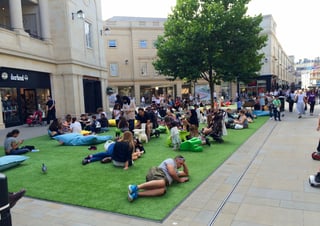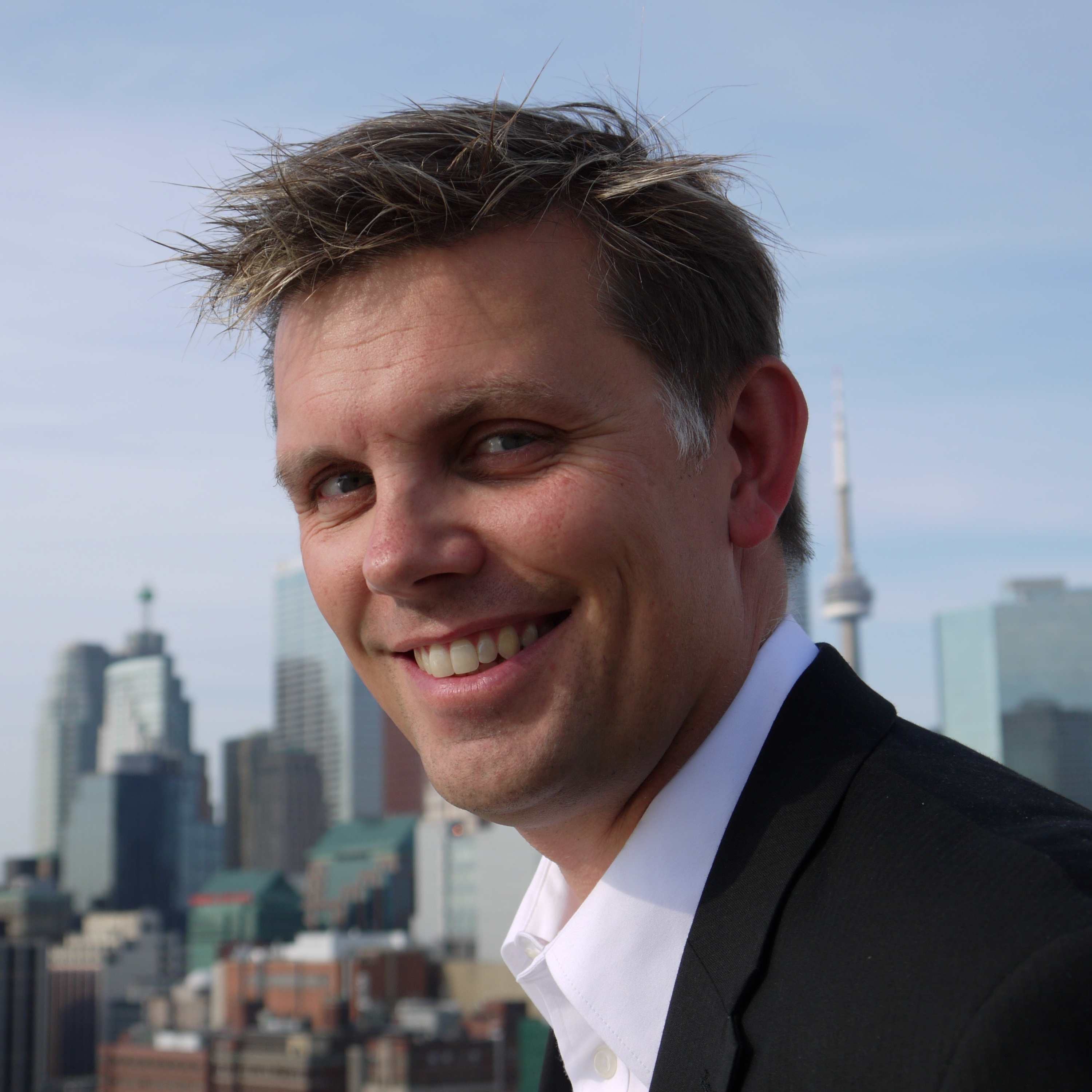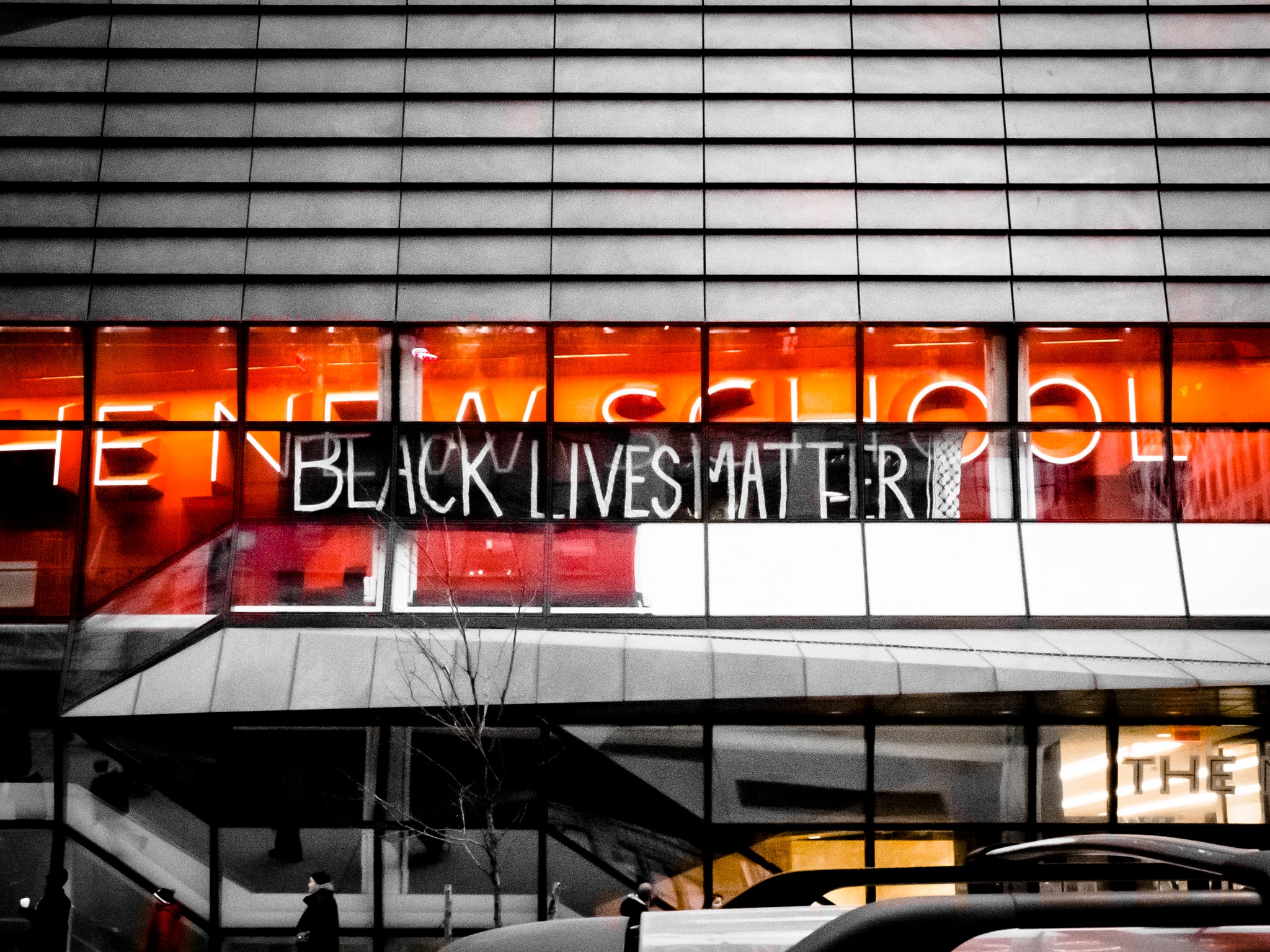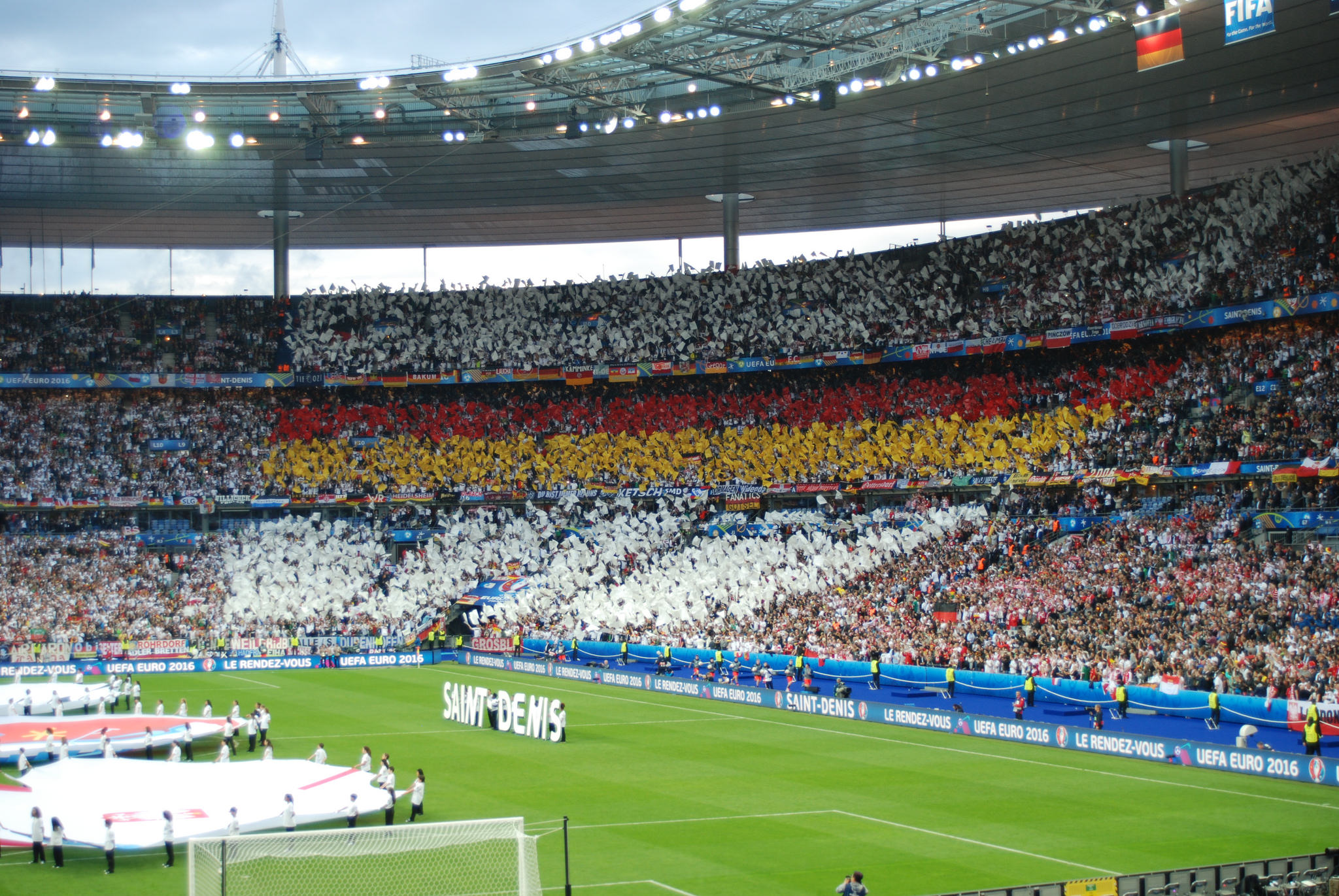It's that back to school time and, even if you're not going back yourself or have children or significant others that are, there is a palpable feeling of energy that comes with the start of school that's hard to miss. 
Summertime offers a chance to witness the power systems have in shaping our lives better than any season. For starters, it's warmer outside and sunnier. Grade school students are off on a summer break, switching books and homework for things like playtime in the park, summer camp, or maybe even a part-time job. Many workplaces tend to allow or encourage a more casual dress to both accommodate the warmer temperatures, but also reflect a more relaxed atmosphere that comes with the season. If you aren't taking some time away to visit friends and family or take vacation there is a good chance that your colleagues are, which means network activity slows, the office is a little quieter and organizing meetings and events becomes a little more tricky. This shift in the environment is the system in action.
Trying to resist the system and expect that you'll be able to get all 10 people from your coalition together for a meeting in the second week of August is futile so rather than go against the system use its strengths to your advantage. That's where taking a break comes in.
This summer I decided to take advantage of what the system was generating and take a vacation, something I've not done in a long time. Besides enjoying myself and taking advantage of the summer lull the vacation also served a bigger purpose related to my work and mission by disrupting it altogether by introducing a new perspective through travel. Going to another city, province or country allows you the opportunity to see things 'fresh' without the filters of experience and habit limiting your view. The result is that the curiosity goes up and so too does the learning.
I've written about curiosity here on Tamarack's community before: it's the closest thing to the 'secret sauce' to keep you innovating, understanding, and being present in the world that you'll find. For me, travel is all about being curious.
As I walked through the streets, sat in cafes and parks, wandered through museums and shopped in the markets of the cities and towns I visited (as part of my journey through Netherlands, Belgium and England) I noticed all the things that were similar to my home and those that were different. I also came to see what was culturally the norm for one area and what was its idiosyncrasies. My notebook was filled with observations and reflections, but also ideas.
What often happens from these vacations is that we start unlearning some of the habits we have because we've been disrupted by a new system. We might eat when we're hungry, not just at certain times of day. We might wander rather than feel the need to have an explicit purpose or schedule guiding us to every place we go. We might also stop and linger, smelling the flowers and soaking in the sunshine instead of rushing here and there.
The funny thing is that most of these things are just as available to us when we come home. Yet, the systems we're a part of start to re-root themselves when we return. Suddenly our commitments to ourselves to do things, see things, or be things that are different that seemed so compelling and simple when we were away drift back to old habits.
While systems are difficult to resist and even more difficult to change, disruption can be something we design into our lives and workplaces. Roger Martin, who is speaking at Tamarack's Community Change Institute later this month in Toronto, has looked at the way change is done by design.
Design thinking is a way of viewing problems (and opportunities) and part of a structured process to help us see differently, act differently and create the kinds of tools, services, and systems that all us to disrupt the status quo. This disruption is like taking an intellectual vacation, but without having to deal with hotel rooms, train tickets or restaurant reservations and is available to us all. Indeed, designers sometimes encourage this kind of approach to spurring creativity by literally going on 'vacations' and 'road trips' in their own city. A recent article on 99u highlights how some have used the model of a vacation to spur new thinking to support their work by harnessing the kind of disrupted experience travel can produce, but doing it in a planned, intentional way -- think of it as a kind of planned serendipity.
As we all settle back to the routine of September consider what kind of vacations -- real, imagined, staged or spontaneous -- you can arrange for yourself this Fall to nurture the kind of positive, creative disruptions that might help you change not only the system, but your life, too.





